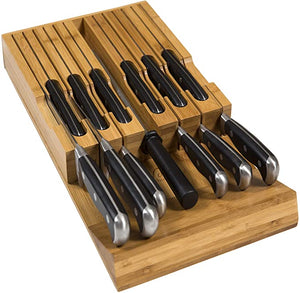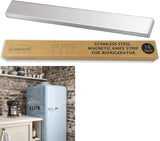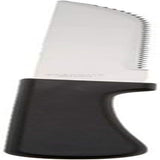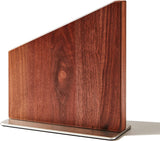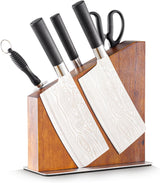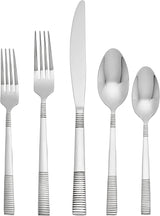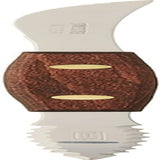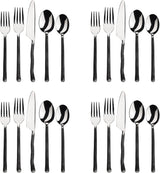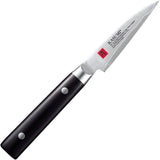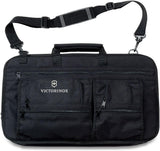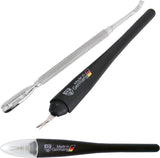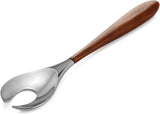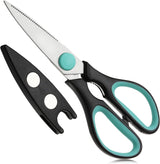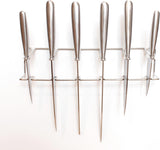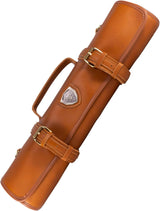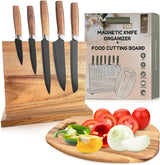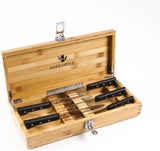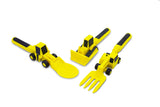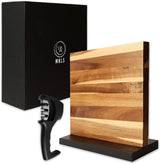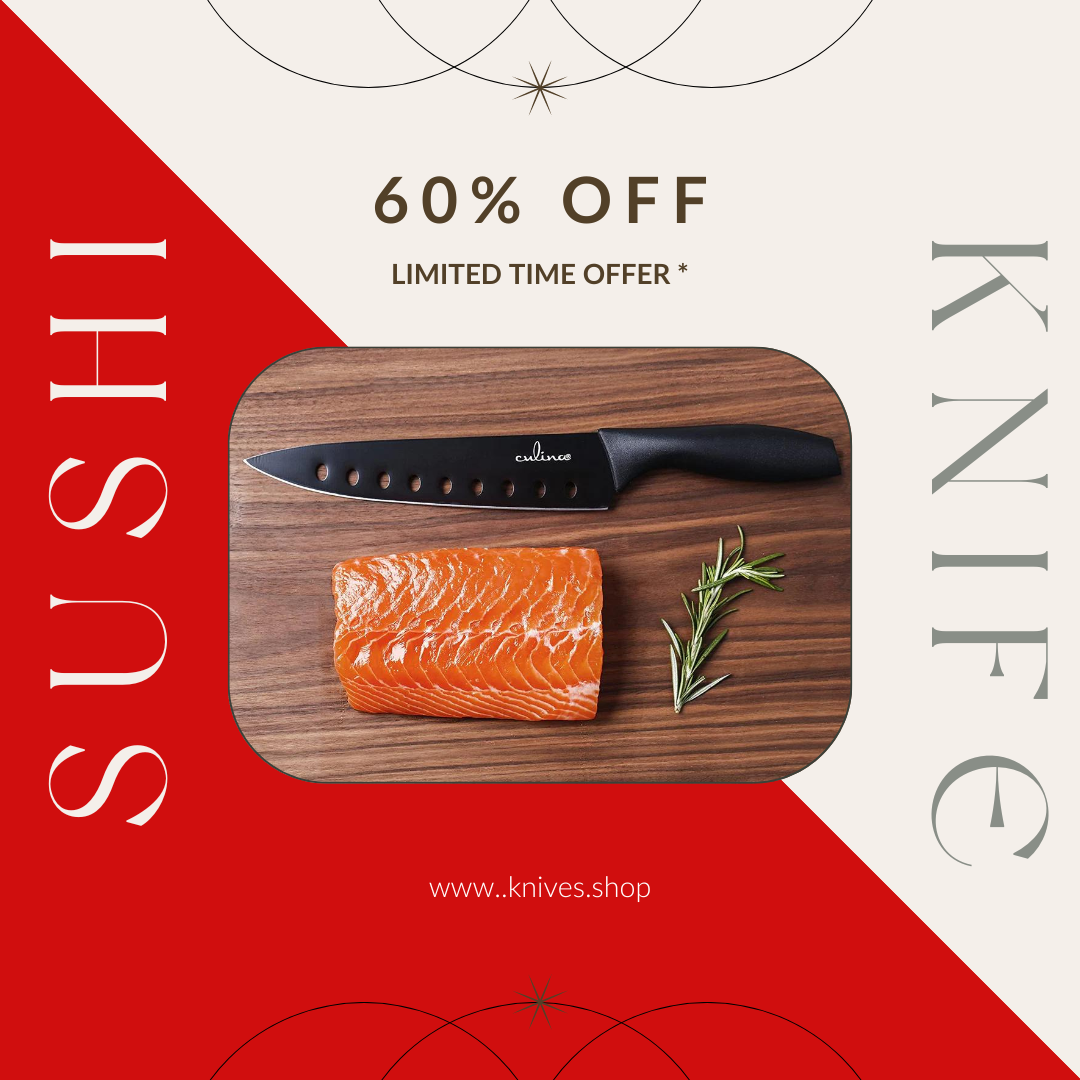Preparing fish to perfection starts with having the right tools at hand. For kitchen professionals, knowing what is the best fillet knife can make all the difference in achieving precision cuts, reducing waste, and creating beautifully filleted fish. In this guide, we will walk you through everything you need to know about selecting the best fillet knife for your culinary craft.
With the market flooded with options, deciding on the ideal fillet knife can feel overwhelming. Should you go for a flexible blade? What length works best for different types of fish? Well answer all these questions and more to ensure you have the information you need to upgrade your kitchen arsenal.

Why Choosing the Right Fillet Knife Matters
Fillet knives are indispensable tools for chefs and home cooks who frequently work with fish. A high-quality fillet knife allows for precision, effortless slicing, and maintaining the integrity of the fish. But not every fillet knife is created equal, and subtle features in design, material, and blade flexibility can significantly impact performance.
Imagine losing precious meat due to a dull or inappropriate knife. Or worse, accidentally damaging delicate fillets. Choosing the best fillet knife is more than a matter of convenienceits a cornerstone of culinary perfection.
Key Features of a Great Fillet Knife
When searching for what is the best fillet knife, these are the essential features you should consider:
- Blade material: Most high-quality fillet knives are made from stainless steel, known for its resistance to corrosion and sharpness retention.
- Blade flexibility: A flexible blade makes it easier to contour around bones and remove skin, which is crucial when handling fish.
- Blade length: Knife length typically ranges from 6 to 11 inches. Smaller knives are ideal for small fish, while longer ones are better suited for larger species.
- Handle material: Comfort and grip are non-negotiable, especially when working with slippery surfaces. Rubber, wood, or polypropylene are common handle materials.
- Weight: Lightweight knives provide better control, while heavier knives may cause hand fatigue during prolonged usage.
Popular Choices for Fillet Knives
Now that you know what to look for, lets explore some of the best fillet knife options favored by kitchen professionals:
1. The Wsthof Classic 7-Inch Fillet Knife
Crafted from high-carbon stainless steel, the Wsthof Classic offers excellent edge retention, a comfortable grip, and precision flexibility. Its 7-inch blade is versatile enough for both small trout and larger salmon.
2. The Victorinox Fibrox Pro 8-Inch Fillet Knife
Renowned for its ergonomic handle and razor-sharp blade, the Victorinox Fibrox Pro is a favorite among professionals and hobbyists alike. Its slightly curved blade ensures smooth cuts every time.
3. The Shun Classic Gokujo Boning & Fillet Knife
For chefs who value aesthetics and performance, the Shun Classic Gokujo stands out. Its 6-inch blade is ultra-thin, allowing for precise cuts, and its D-shaped handle offers unmatched comfort.
How to Maintain Your Fillet Knife
Investing in a top-tier knife is only half the battle. Proper care and maintenance are crucial to extending its lifespan and performance. To ensure your knife remains in pristine condition:
- Clean it immediately after use, preferably by handwashing with mild soap.
- Dry thoroughly to prevent rust.
- Store it in a protective sheath or designated knife block to avoid nicks.
- Regularly sharpen it using a whetstone or honing steel. For guidance, check out How to Sharpen a Fillet Knife.
For a quick guide on knife care, visit this comprehensive Knife Care Tips resource.
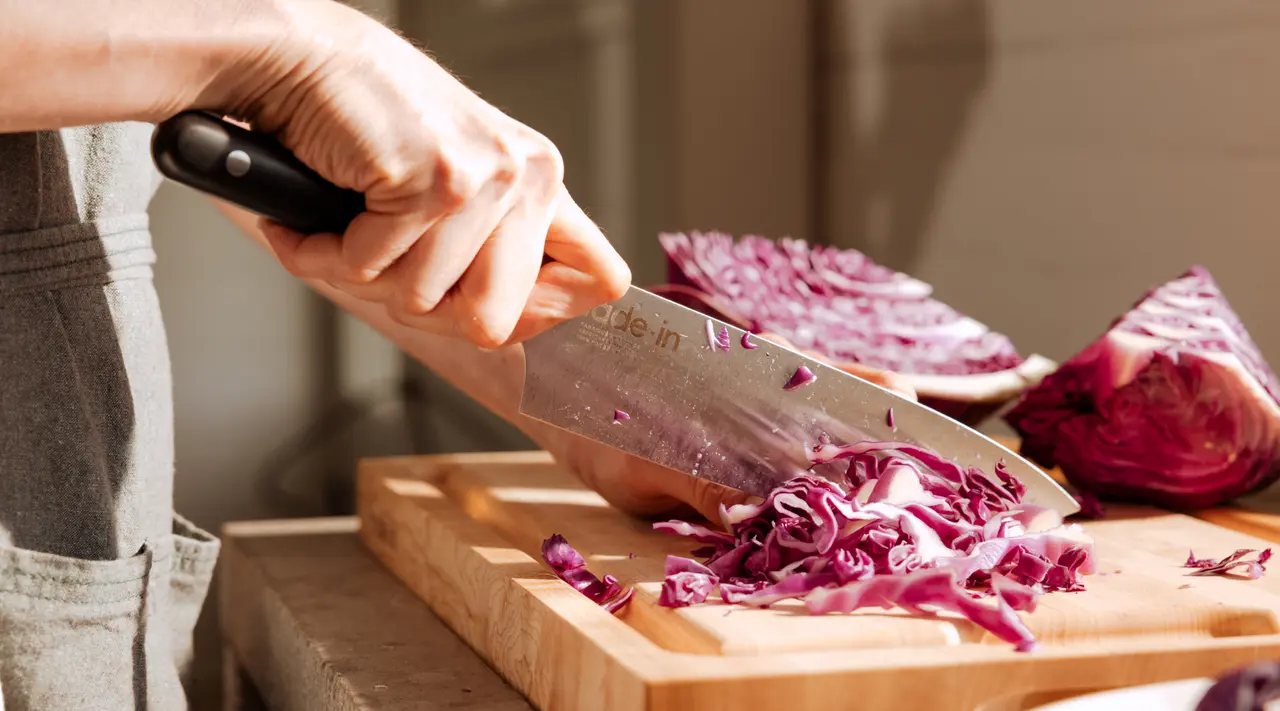
FAQs
What size fillet knife works best for salmon?
For larger fish like salmon, a fillet knife with a blade length of 8 to 10 inches works best. Learn more about selecting the right size here.
What's the right angle for sharpening a fillet knife?
Most fillet knives require a sharpening angle of 15 to 20 degrees. This ensures the knife remains sharp without compromising its flexibility. For a detailed guide, visit What Angle to Sharpen a Fillet Knife.
How often should I sharpen my fillet knife?
Frequency depends on usage, but occasional honing after every use and sharpening every few months is recommended. For sharpening tips, read this guide on how to sharpen knives.
For every kitchen professional, identifying what is the best fillet knife is a game-changer. The right tool enables precision, artistry, and efficiency. Whether youre handling trout or salmon, having a reliable fillet knife in your arsenal is non-negotiable. Choose wisely, maintain diligently, and let your culinary prowess shine.
This article contains affiliate links. We may earn a commission at no extra cost to you.
